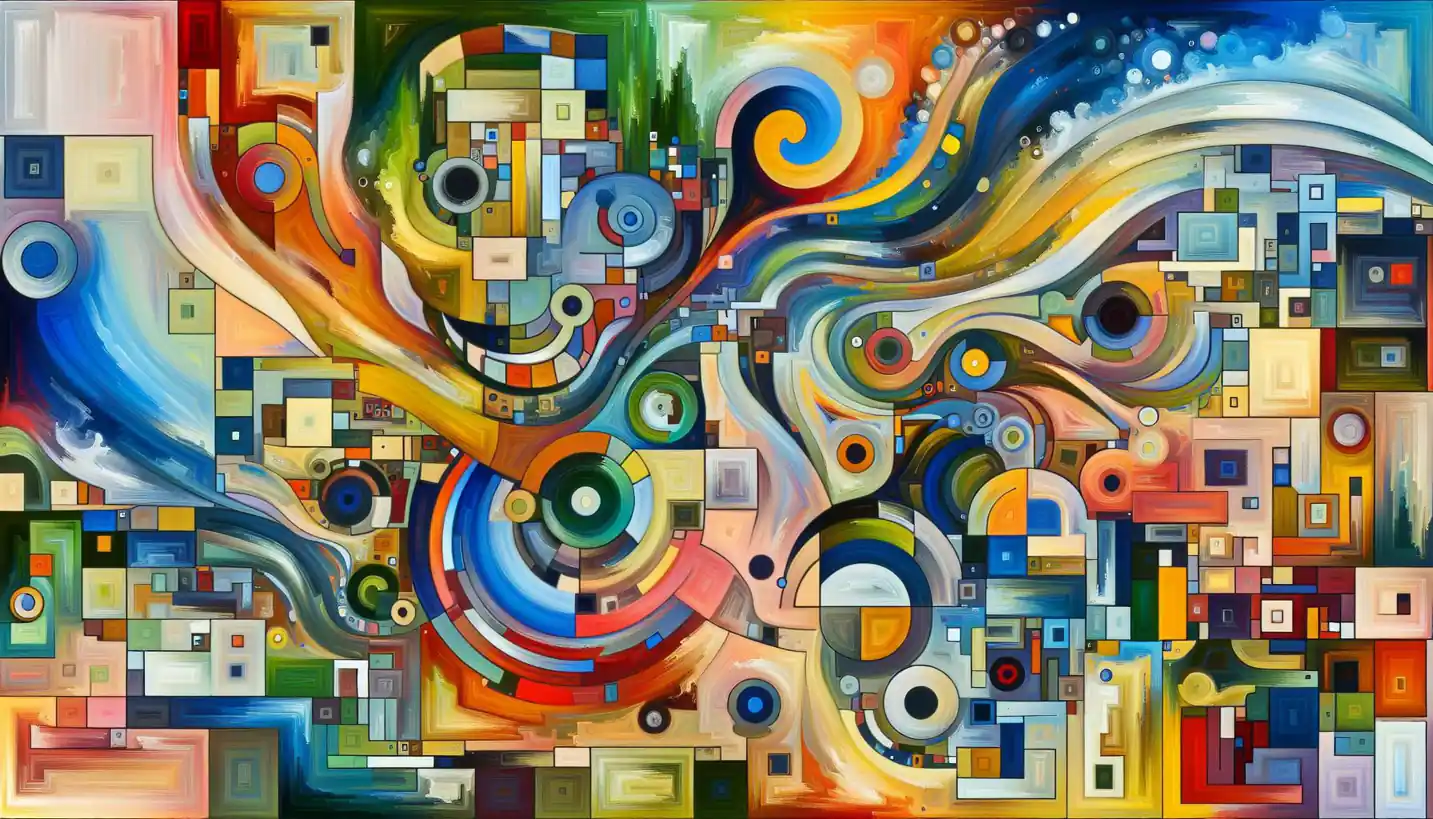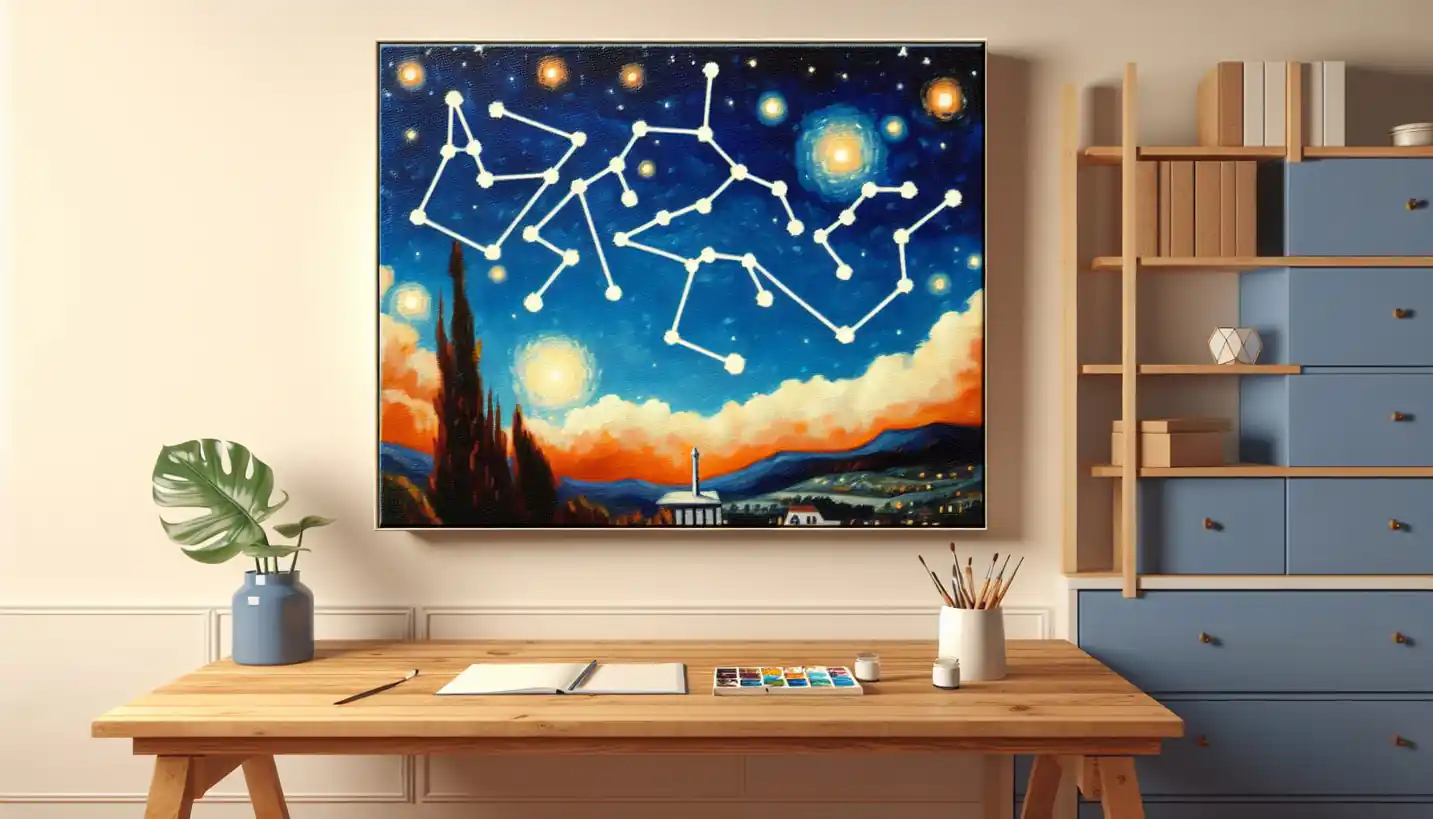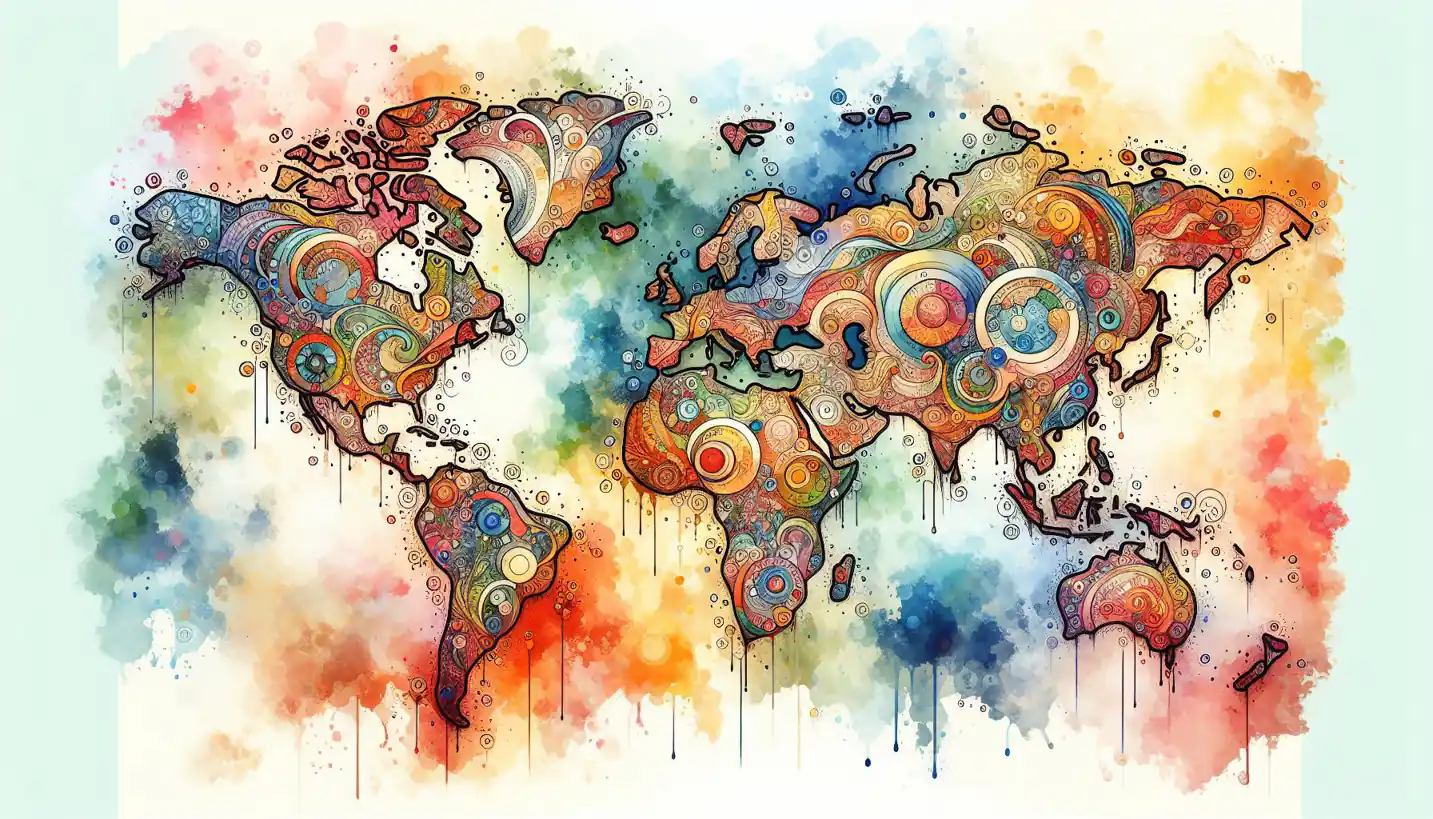· Art · 4 min read
Haptic Feedback: A Touch of Magic in Augmented Reality Art
Haptic feedback brings a new dimension to AR art by adding a tactile layer, allowing you to feel virtual objects.

When you think of art, you might imagine paintings in a gallery or sculptures in a park. But what if you could not only see art but also feel it? In the world of augmented reality (AR) art, haptic feedback makes this exciting concept possible. Let’s dive into how this technology allows you to “touch” the digital art world, making your experience more vibrant and engaging.
What Is Haptic Feedback?
Haptic feedback is the technology that communicates with users through touch. Think of the vibrations you feel when your smartphone buzzes with a new message or the subtle pulses in a game controller that mimic in-game actions. These are simple examples of haptic feedback at work.
In augmented reality art, haptic feedback transforms the traditional art experience. It lets you feel textures, vibrations, and even pressure, providing a more immersive interaction with digital art. Imagine touching a virtual sculpture and actually sensing its contours and curves!
How Does Haptic Feedback Work in AR Art?
The magic of haptic feedback in AR art comes from a blend of sensors, actuators, and software. Let’s break it down:
Sensors: These detect your hand movements and gestures as you interact with a virtual artwork. They capture data like position and motion.
Actuators: These tiny devices create the physical sensations you feel. They might vibrate or apply forces to mimic the texture or movement of the digital art.
Software: This is the brain behind the operation, translating sensor data into real-time haptic feedback that matches what you see in the AR display.
With this synergy, artists can craft pieces that not only look amazing but also feel dynamic and real.
Why Is Haptic Feedback Important in Art?
So, why does adding touch to digital art matter? It all comes down to enhancing the user experience:
Engagement: By involving more senses, artists can capture audience attention in unique ways. It’s not just about looking at a piece of art; it’s about interacting with it.
Accessibility: For individuals with visual impairments, haptic feedback in art can provide new avenues for experiencing and enjoying creativity.
Emotional Connection: Touch can evoke emotions and feelings, adding another dimension to appreciating art. You might feel the gentle ripple of virtual water or the roughness of a digital tree bark.
Pioneering Artists and Projects
Several artists and projects are exploring this frontier. For example, some installations let audiences feel the heat of a digital sun or the chilling gusts of a virtual breeze. These immersive experiences push the boundaries of what art can be.
Some museums are also incorporating AR and haptic tech to breathe new life into historical exhibits, allowing visitors to literally “feel” their way through history. It’s a fascinating blend of past and future.
Challenges and Future Directions
While the future of haptic feedback in AR art is promising, it’s not without challenges:
Technical Limitations: Creating realistic touch sensations is complex and requires precise engineering and programming.
Cost: Developing these technologies can be expensive, potentially limiting access for smaller artists or galleries.
User Experience: Ensuring the technology is intuitive and accessible for all users is crucial.
However, as technology advances, these challenges are gradually being addressed. Imagine a future where digital art not only surrounds you but responds to your touch seamlessly.
Conclusion: The Touch of Tomorrow’s Art
The integration of haptic feedback into AR art is just the beginning of a new era in artistic expression. This technology enriches our interactions, making virtual art feel more tangible and alive. It invites us to explore art in wholly new ways, breaking down barriers between the digital and physical worlds.
So next time you enter a gallery, whether real or virtual, think about how these experiences might be enhanced. What would it be like if you could feel the strokes of a painting or the chill of a virtual snowflake? The possibilities are as boundless as the human imagination.
Every touch tells a story, and with haptic feedback in the AR art world, those stories come to life in your hands. The fusion of art, touch, and technology is moving us closer to a reality where art is not just seen but felt, inviting everyone to experience creativity in incredibly exciting ways.



